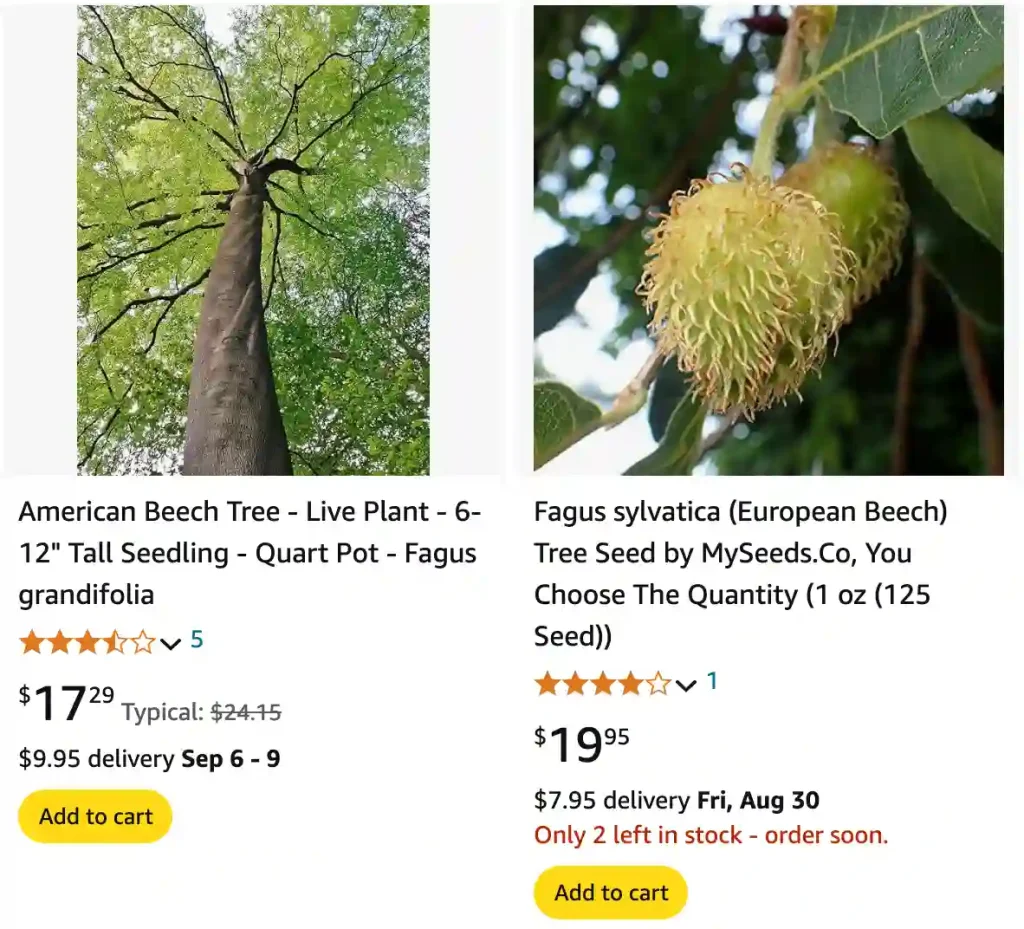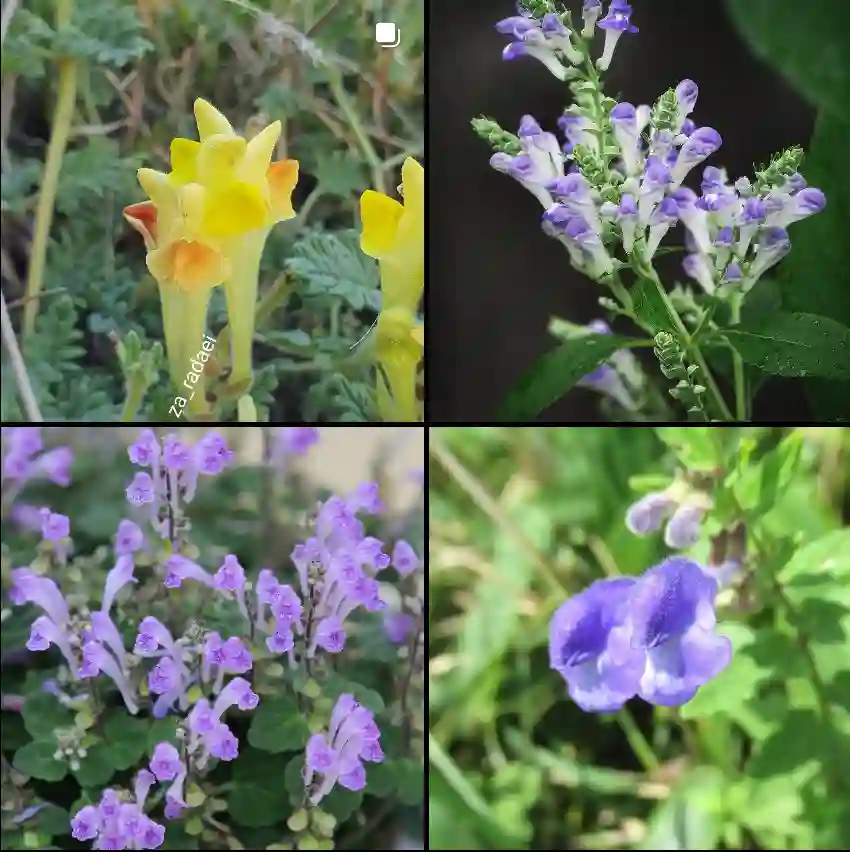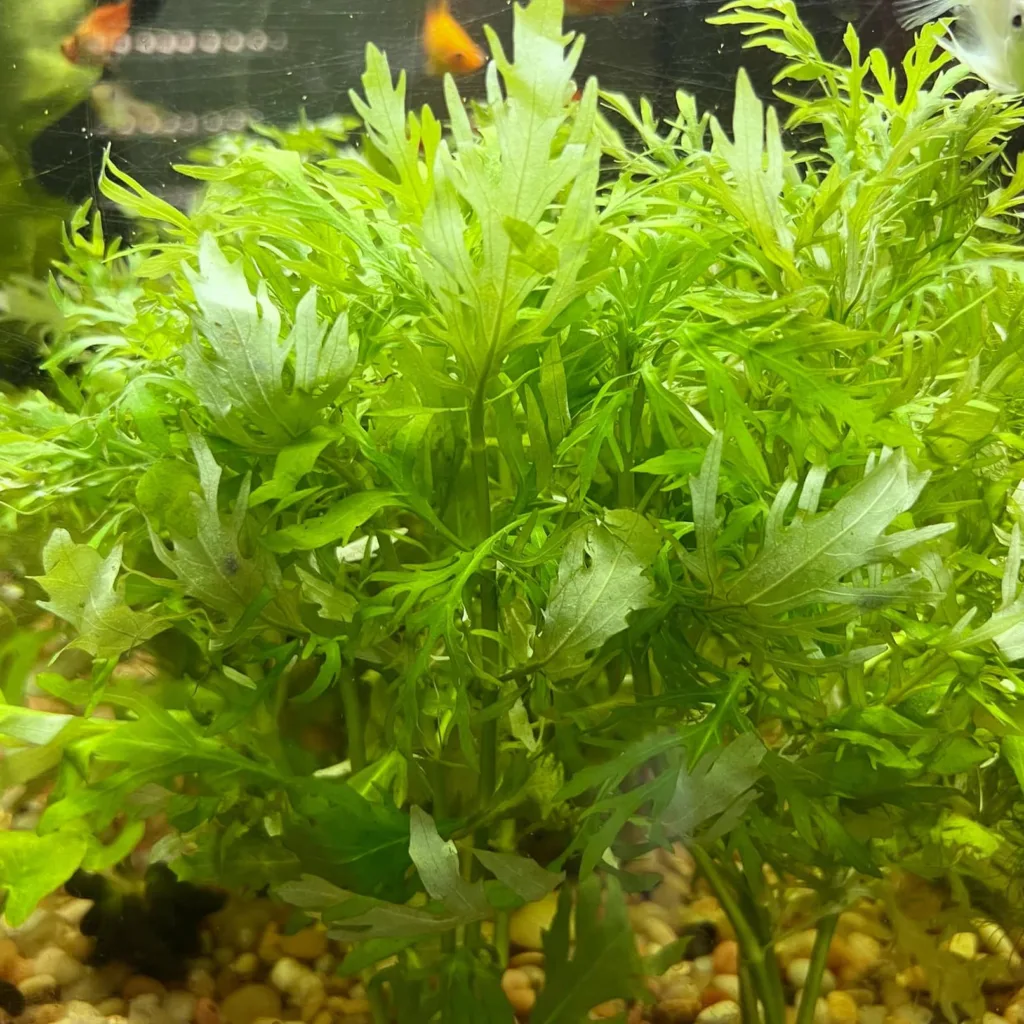
May 31 – Fagus
"Fagus, the majestic beech tree, defines May 31."
Fagus symbolizes wisdom and endurance. Like the beech tree, you have a grounded and timeless presence, offering strength and shelter to those around you. Your deep-rooted wisdom and calm demeanor create a sense of stability and peace, making you a reliable and cherished companion.
What Is a Beech Tree?
As a nature enthusiast, I, Ferb Vu, am constantly drawn to the grandeur and serenity of forests. Among the many arboreal wonders that grace our planet, the beech trees, belonging to the genus Fagus, hold a special place in my heart. These majestic trees, with their smooth, silver-gray bark and vibrant green foliage, evoke a sense of tranquility and timelessness.
The genus Fagus is a member of the Fagaceae family, which also includes oaks and chestnuts. These deciduous trees are native to temperate regions of the Northern Hemisphere, gracing the landscapes of Eurasia and North America.
Plant Family: 8 Genera in Fagaceae
What Does a Beech Tree Look Like?
Beech trees are quite distinctive. They are known for their smooth, silvery-gray bark that becomes darker and more textured with age. Their leaves are broad and ovate, with a pointed tip and wavy edges. In spring and summer, the leaves are a vibrant green, turning golden bronze in the fall. The tree’s shape is usually a dense, rounded canopy, making it an attractive addition to any landscape.
Species within the Genus Fagus
The genus Fagus encompasses a diverse array of species, each with its unique characteristics and distribution:
- ** Fagus grandifolia (American Beech):** This species is native to eastern North America, known for its towering stature and widespread canopy.
- ** Fagus sylvatica (European Beech):** Commonly found in Europe, this species is prized for its ornamental value and is often cultivated in parks and gardens.
- ** Fagus crenata (Japanese Beech):** This species graces the landscapes of Japan, exhibiting a graceful form and vibrant autumn foliage.
- ** Fagus orientalis (Oriental Beech):** Native to southeastern Europe and Asia Minor, this species is known for its adaptability to various soil conditions.
- ** Fagus engleriana (Engler’s Beech):** This species is endemic to China, characterized by its slender trunk and elegant form.
- ** Fagus japonica (Japanese Blue Beech):** This species, also native to Japan, is distinguished by its bluish-green leaves.
- ** Fagus lucida (Shining Beech):** This Chinese species is recognized for its glossy leaves and distinctive bark.
- ** Fagus hayatae (Taiwan Beech):** This species is endemic to Taiwan, known for its adaptability to high altitudes.
- Fagus chienii W.C.Cheng
- Fagus multinervis Nakai
- Fagus pashanica C.C.Yang
- Fagus sinensis Oliv.
- Fagus × taurica Popl.
Ecological Significance of Beech Trees
Beech trees play a vital role in their ecosystems. Their dense canopies create shaded environments, fostering the growth of shade-tolerant plants and providing habitat for a variety of animals. The fallen leaves decompose to enrich the soil, contributing to the overall health of the forest. Moreover, beechnuts, the fruit of the beech tree, serve as a valuable food source for numerous wildlife species, including birds, squirrels, and deer.
Human Interactions with Beech Trees
Throughout history, humans have interacted with beech trees in various ways. The wood of beech trees is prized for its strength, durability, and aesthetic appeal. It has been used for a wide range of applications, from furniture making and construction to tool handles and firewood. Beechwood is also used in the production of charcoal and is a popular choice for smoking meats and cheeses, imparting a unique flavor.
Beyond their practical uses, beech trees have also held cultural and symbolic significance in various societies. In Celtic mythology, the beech tree was associated with wisdom and knowledge. In some cultures, beech trees were considered sacred and were often used as gathering places for ceremonies and rituals.
Is a Beech Tree Hardwood?
Yes, Beech trees are classified as hardwood. The wood is known for its strength and durability, making it suitable for furniture and flooring. It has a fine, even grain and is often used in woodworking due to its workability.
Do Beech Trees Have Nuts?
Yes, Beech trees produce nuts, known as beechmast. These small, triangular nuts are encased in a spiky husk. While they are edible, they are generally not consumed in large quantities. Wildlife such as squirrels and birds often eat these nuts.
How Fast Do Beech Trees Grow?
Beech trees grow at a moderate pace. On average, they can add about 12 to 24 inches of height each year. However, growth rates can vary depending on soil quality, climate, and other environmental factors. It’s essential to provide optimal conditions to ensure healthy growth.
How Long Do Beech Trees Live?
Beech trees are long-lived. In favorable conditions, they can live for several centuries. Some Beech trees are known to live for over 300 years, making them a significant feature in many historical landscapes.
How to Grow a Beech Tree from Seed?
Growing a Beech tree from seed can be a rewarding process. Here’s a step-by-step guide:
- Collect Seeds: Gather beech nuts (beechmast) in the fall when they are ripe.
- Prepare Seeds: Remove the husks and store the nuts in a cool, dry place.
- Stratification: Beech seeds need a period of cold stratification. Place the seeds in a moist medium like sand or peat and refrigerate for 2 to 3 months.
- Planting: In early spring, plant the seeds in well-drained soil about 1 inch deep. Keep the soil consistently moist.
- Care: Provide the young trees with plenty of light and protect them from strong winds.
How to Germinate Beech Tree Seeds?
Germinating Beech tree seeds requires patience. After stratification, the seeds should be planted in a seed tray or pot. Keep them in a cool, well-lit area and maintain consistent moisture. Germination can take several weeks to months, so regular monitoring is crucial.
Why Are Beech Trees Dying?
Beech trees can suffer from various issues, including diseases like Beech Bark Disease and environmental stressors. Factors such as climate change, invasive pests, and pollution can also contribute to their decline. Regular monitoring and proper care can help manage these issues.
Why Do Beech Trees Keep Their Leaves?
Beech trees are known for retaining their dead leaves through the winter. This characteristic is called “marcescence.” The leaves hang on until new growth pushes them off in the spring. This trait helps protect the tree from harsh winter conditions and adds a distinctive appearance to winter landscapes.
Beech Tree vs. Birch Tree
Beech and Birch trees might seem similar, but they have distinct differences. Beech trees have smooth, gray bark and broad leaves, while Birch trees have thin, papery bark and more delicate, serrated leaves. Birch trees also typically have a more slender, upright form compared to the broader, more rounded shape of Beech trees.
Beech Tree vs. Elm Tree
Comparing Beech and Elm trees reveals several differences. Beech trees have smooth bark and rounded leaves, whereas Elm trees are known for their rough, ridged bark and serrated leaves. Elms also tend to have a more spreading canopy compared to the dense, rounded canopy of Beech trees.
How to Care for Beech Trees?
Caring for Beech trees involves ensuring they are planted in well-drained soil and providing adequate moisture. They prefer full sun to partial shade and benefit from occasional feeding with a balanced fertilizer. Regular pruning can help maintain their shape and remove any dead or diseased branches.
What to Plant with Beech Trees?
When planting near Beech trees, consider companion plants that thrive in similar conditions. Understory plants like ferns, hostas, and shade-tolerant perennials can complement the Beech tree’s canopy and enhance the overall landscape.
Is It Toxic?
Beech trees are not considered toxic to humans or animals. However, while the nuts are edible, they are not typically consumed due to their bitterness and the difficulty in removing the husk.
Beech trees are remarkable additions to any landscape, known for their beauty, durability, and long lifespan. By understanding their needs and characteristics, you can ensure they thrive and continue to be a stunning feature in your garden for generations to come.
If i die, water my plants!



